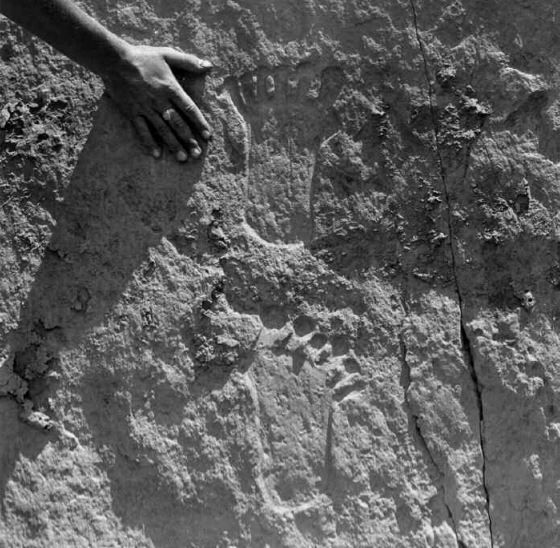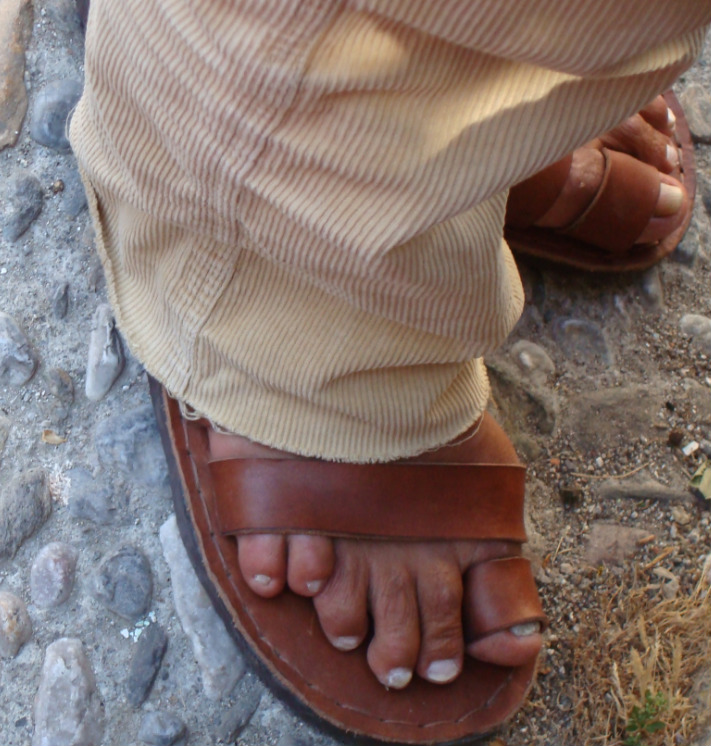Chaco Canyon Polydactyly: A Thousand-Year-Old Foot Fetish?
If you’re a 12-toed guy struggling to make it in this ten-toed world, you may want to find a time machine and travel back about a thousand years to the Chaco Canyon in New Mexico.
According to new research, a group of people once lived there who respected, honoured and exalted those among them with an extra piggy on a foot.
We found that people with six toes, especially, were common and seemed to be associated with important ritual structures and high-status objects like turquoise.
Anthropologist Patricia Crown of the University of New Mexico co-authored a study, published this week in American Antiquity, about a high preponderance of six-toed people – the condition is known as polydactyly – among a prehistoric Pueblo culture in the Chaco Canyon.
Of the 96 skeletons of Chacoan people found at the canyon’s sacred Pueblo Bonito site, 3 of them had an extra toe on the right side of their right foot. That’s 15.5 times the average occurrence of polydactyly among modern Native Americans.

What gave the Chacoans another toenail to trim with a flint? Previous research on polydactyly shows it’s a dominant, non-recessive, hereditary trait that is not caused by inbreeding nor a genetic disease.
Study co-author Kerriann Marden suspects prenatal exposure to something hazardous, either environmental or possibly a food the pregnant mother ate. With the way the extra-toed were treated, perhaps the mothers may have even tried to have polydactyly babies.
The Mayans were known to worship six-toed people (and others with body anomalies) as gods, but the Chacoans weren’t that extreme. Handprints and footprints with extra digits appear on walls in rooms used for rituals and ceremonies.
One skeleton was buried with jewellery on the six-toed foot but nothing on the other one. Special extra-wide sandals were found with space for the extra toe.

The sandals and artwork may be the key to why the extra toes got respect.
The Chacoans art seemed to be focused on hands and feet and they appear to have paid special attention to sandals and footwear in general. Perhaps that fixation made those with two pinkie toes special.
Perhaps it was just because they could step on more ants.






